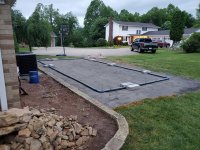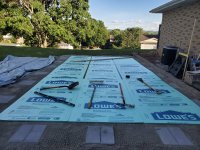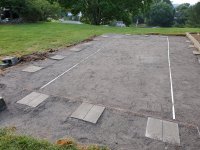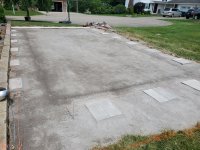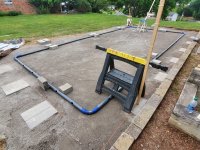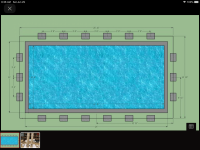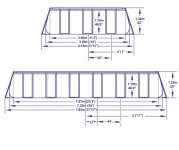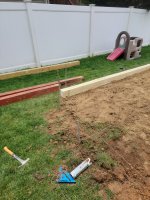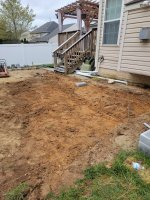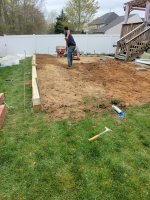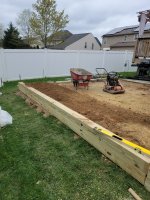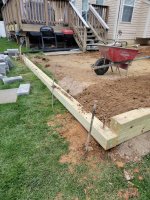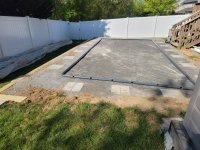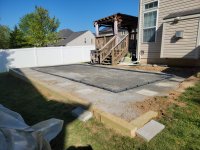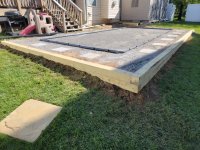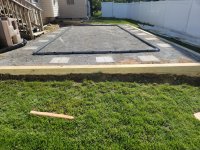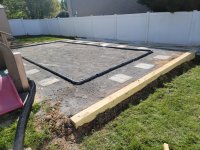Here is the thing. There is nothing inherently wrong with placing a pool on properly compacted fill. The issue is, how do you know you have properly compacted fill.
You cannot just "put in dirt and compact it really well" even if you are using the correct fill material, you cannot just "compact it really well". Soils have a optimal moisture content (percentage) where they will compact to their maximum dry density. If you have more or less water in the soil, you can compact it until the cows come home and it will never reach its maximum potential density. Then 2 years down the road when it dries out some, or it rains and it gets a little wetter, with your pool sitting on it, it compacts some more. No bueno.
Some soils are more forgiving than others. The goal in construction (most of the time) is to reach 95% of the maximum dry density. Some soils have a flatter curve. What that means is that if your moisture content is between say 4% and 9% you can still hit that 95% compaction. Other are really sharp, and if you are more than a 1% off you will never reach 95% compaction.
So how do you know these curves and measure the compaction? You hire a geotechnical engineer (sorry, I left that field a long time ago and no longer do site inspections). They run compaction curves (Proctor tests) in the lab and then measure the in place density in the field.
Now we come to point #2. Isn't that a lot of overkill you say? I'm building a pool, not a garage. Ahh, there is the difference. A pool is HEAVY. More psi loading than a garage. Also, a garage on a slab is much more rigid, and is able to bridge minor variations in the substrate. An ABG is a big flexible bag of water with almost no structural rigidity. If something starts to settle, the whole bag o' water is going in that direction, with disastrous results.
Which brings us to point #3. A concrete slab is only as good as the ground under it. As I said above, a slab can bridge some very minor imperfections in subgrade preparation. But chances are it will crack, and shift, and that is worse under a pool than a small amount of soil settling. To have a slab that will not crack or shift, you basically have to prepare the ground as you would for a pool anyway.



